Experience & Design
Why inclusive design is important for all of us - part 2

Alena Riha
Junior UI/UX Designerin
Published
October 19th, 2022
Updated
October 19th, 2022
4 min
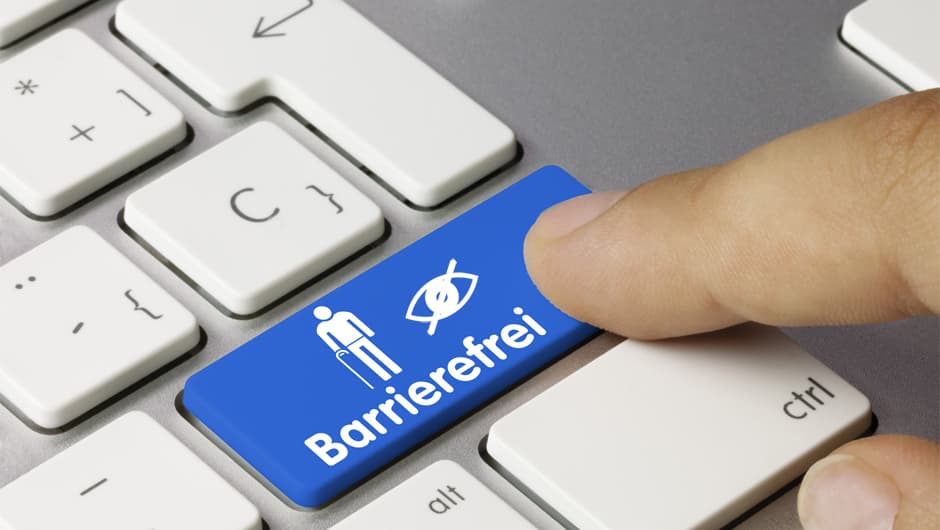
What is the WACA?
WACA is an acronym for "Web Accessibility Certificate Austria" and is the first and only quality seal in Austria for web accessibility based on international W3C guidelines. This certificate, issued by the TÜV Austria certification body, is intended for German and English language websites and is based on the European standard EN 301 549. The certificate serves the following purposes:
Ensuring accessibility for all people on professionally reviewed websites
Recognition of efforts to comply with web accessibility
Compliance with legal requirements
There are three levels of certification: Gold, Silver, and Bronze. It is valid for three years and requires annual review audits. Re-certification is necessary after these three years.
What are the benefits of the certificate?
Unique selling point: Only quality seal for web accessibility valid throughout Europe and the USA
Transparency: Independently reviewed by qualified auditors Legal certainty
Business benefits: The certificate enables a wider target audience
Corporate social responsibility: Accessibility becomes visible and attracts media attention
How do I obtain the certificate?
There are four phases in the certification process:
Information phase: Expert consultation and initial check to avoid errors in the submission and avoid re-submission due to lack of web accessibility.
Application phase: Before submitting, you can request an initial consultation by phone, which is included in the certificate price. During this consultation, you will be informed about the process. The price structure is listed on the WACA website.
Audit process: You have one month for a self-evaluation. After that, the actual audit is carried out by the auditors within one month.
Revision phase: If there are no deviations, you will immediately receive the Gold level of the certificate. If you aim for a higher level than Bronze or Silver, you can request another final audit. In certain cases, there is a deadline to implement improvements.
For more detailed information about the process and prices, visit the WACA website: https://waca.at/waca
What are the W3C guidelines and the WCAG?
Earlier, I mentioned the W3C guidelines, but what are they actually? W3C stands for "World Wide Consortium" and is an international non-profit group that develops and recommends standards for the web. In 2018, it developed the WCAG, "Web Content Accessibility Guidelines," as a web standard to ensure the accessibility and usability of web pages, non-web documents, and software for people with disabilities. These guidelines are the basis for legal requirements internationally, as mentioned above. In Germany and Austria, the standard EN 301 549 is used, which references WCAG 2.1.
In addition to code requirements, aspects such as design, processes, multimedia, or text are also addressed. The WCAG 2.1 applies to web, non-web documents, and software. Unlike WCAG 2.0, WCAG 2.1 includes new criteria that mainly concern mobile use and the use of digital products by people with visual or learning impairments.
The WCAG 2.1 consists of four levels:
4 principles: Perceivable, Operable, Understandable, and Robust
13 guidelines: Basic goals for creating an accessible website
78 success criteria: Specific instructions for implementing accessibility
Countless techniques: purely informational and constantly updated
The first three levels represent the foundation, and the fourth level of techniques is constantly updated and expanded.
For more information on the W3C guidelines, I recommend the following links:
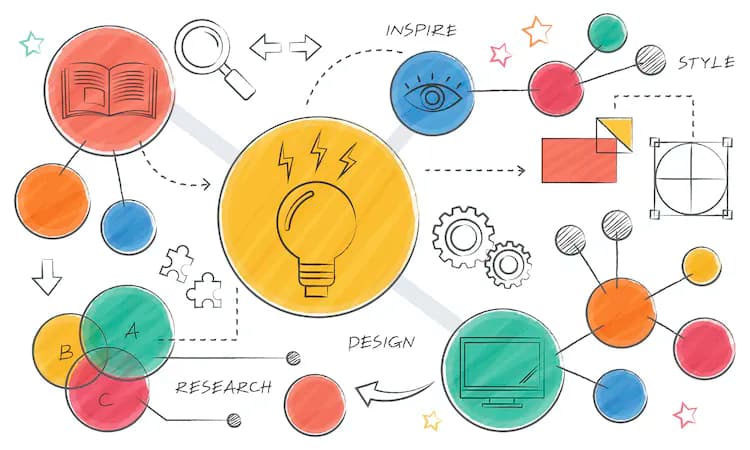
Design Thinking Introduction
Free
What is Design Thinking and how can your organisation utilise it to your benefit.
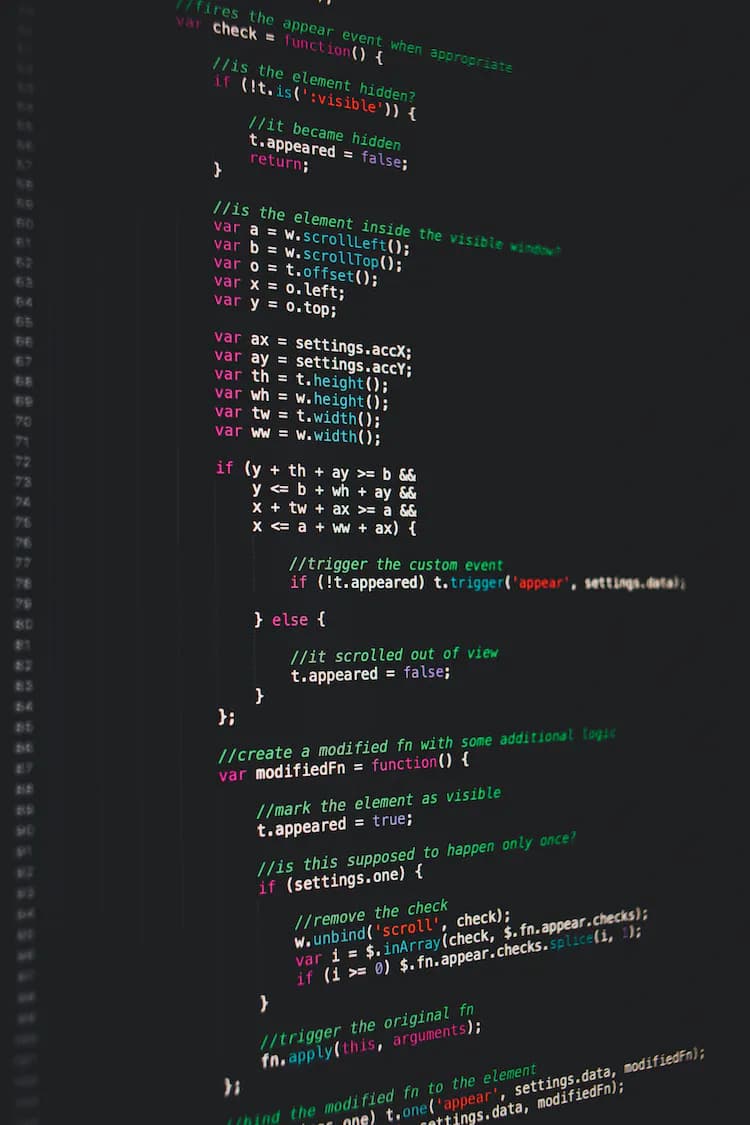
Website Audit
Free
A full and transparent audit of how your website performs and what should be improved.
EU directives on accessibility
The background for the European legal act for accessibility is that the directives aim to abolish different regulations in the member states in order to improve the functioning of accessible products and services.
Products that are considered particularly important for people with disabilities have also been specified. These include:
Computers and operating systems
ATMs, ticket machines and check-in machines
Smartphones
Digital television sets and related consumer devices
Telephone services and related devices
Access to audiovisual media services such as television programs and related consumer devices
Services in the area of air, bus, rail and maritime transport
Banking services
E-books
Electronic commerce and e-commerce
What are the benefits of this legal act and the directives?
In general, these directives bring benefits for people with disabilities and older people as well as for companies.
Benefits for companies include:
Savings through common regulations in EU countries
Easier cross-border trade
More market opportunities for accessible products and services
For older people and those with disabilities, it aims to ensure that:
there is a greater supply of accessible products and services
there are competitive prices for accessible products and services
there are fewer obstacles to access to education, transport and the job market
there are more jobs requiring expertise in accessibility
How accessibility can help your company
When companies pay more attention to accessibility in their digital products and websites, it can bring some advantages:
Consistent web design
Improvement of SEO values and performance (loading time)
Increase in organic reach and conversion rate
Lower bounce rate
Improved mobile usability
Reaching new target group
Note:
SEO values are improved, among other things, because screen readers and search engines work based on text, and as introduced in the first part of the blog, blind and visually impaired persons rely on (among other things) screen readers or use them. If the information on a website is available in text form, it brings some advantages in SEO, and some keywords are "automatically" generated when using common terms and simple language.
Conclusion
The topic of accessibility on the web and in the digital field will increasingly concern us in the future. We inevitably have to deal with it more and more, because due to the European legal act on accessibility in the web, companies - with the exception of small businesses - are required to make their website accessible by 2025. So, if you already make your website accessible, you are doing some preliminary work, and as explained, you can already benefit economically earlier. Is your website already accessible?
References:
WACA - https://waca.at
Die Vier Prinzipien der WCAG 2.1 - https://www.barrierefreies-webdesign.de/richtlinien/wcag-2.1/#:~:text=Die%20Web%20Content%20Accessibility%20Guidelines,f%C3%BCr%20Menschen%20mit%20Behinderungen%20sicherstellen
Europäische Richtlinie zur Barrierefreiheit - https://www.ag.bka.gv.at/at.gv.bka.wiki-bka/index.php/Barrierefrei:Richtlinie_(EU)_2016/2102_und_Web-Zug%C3%A4nglichkeits-Gesetz_Umsetzung
Europäischer Rechtsakt zur Barrierefreiheit - https://ec.europa.eu/social/main.jsp?catId=1202&langId=de https://www.behindertenrat.at/2022/07/neues-zum-european-accessibility-act/ https://www.bmf.gv.at/themen/digitalisierung/Digitales-Oesterreich/Barrierefreies-Web---Internetzugang-f%C3%BCr-alle.html https://www.digitalaustria.gv.at/barrierefreiheit.html
Vorteile für Barrierefreie Website -
https://www.internetwarriors.de/blog/barrierefreie-webseite/ https://www.internetwarriors.de/blog/barrierefreie-webseite/ https://www.omt.de/webdesign/barrierefreie-webseiten/EN 301 549
https://www.ag.bka.gv.at/at.gv.bka.wiki-bka/index.php/Barrierefrei:EN_301_549
Insights
Related Articles
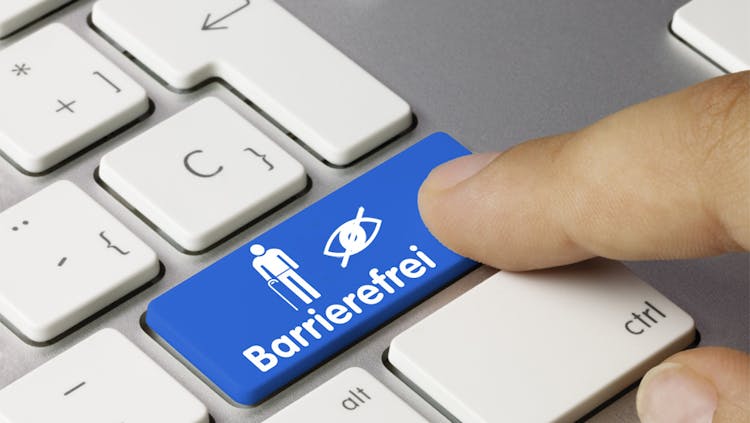
Experience & Design
Why inclusive design is important for all of us - part 1
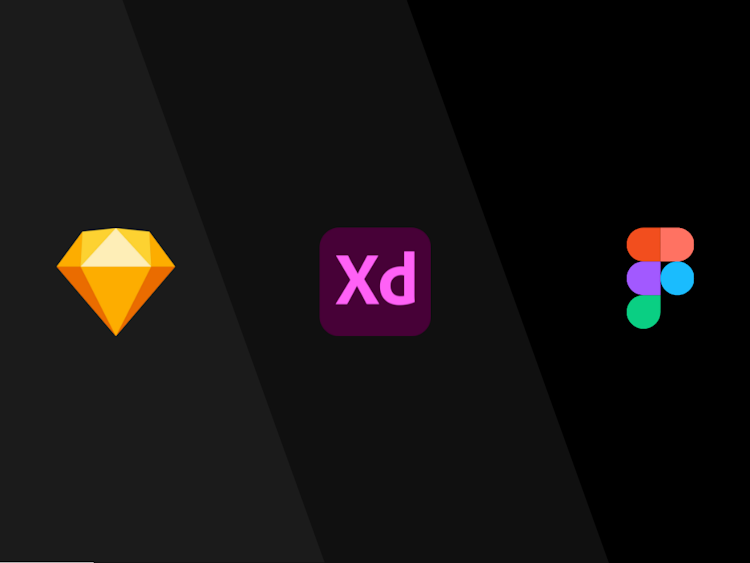
Experience & Design